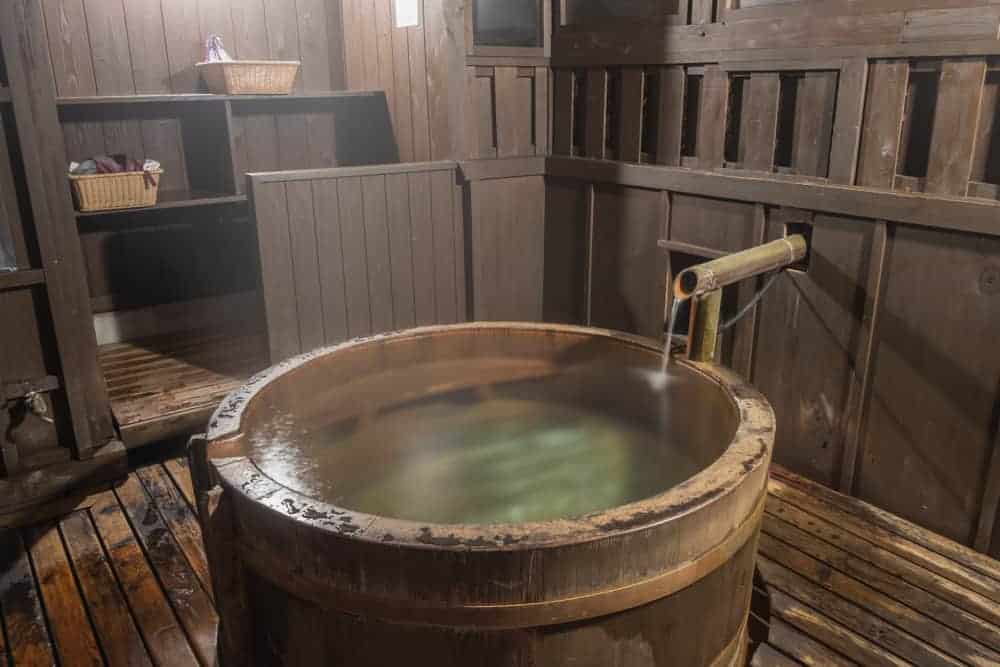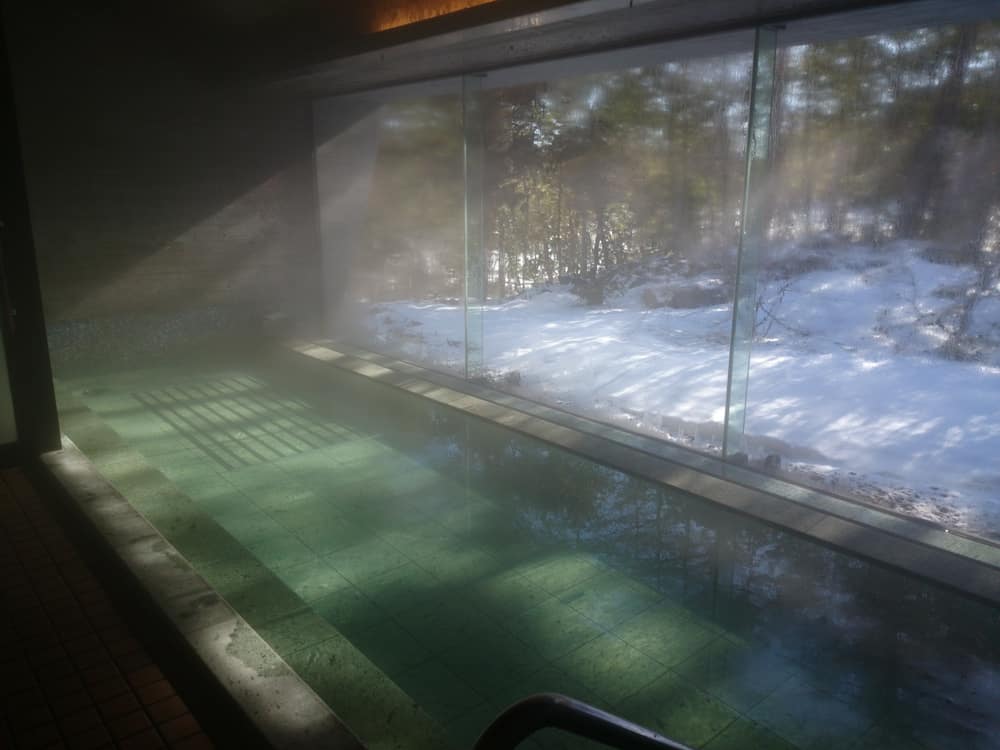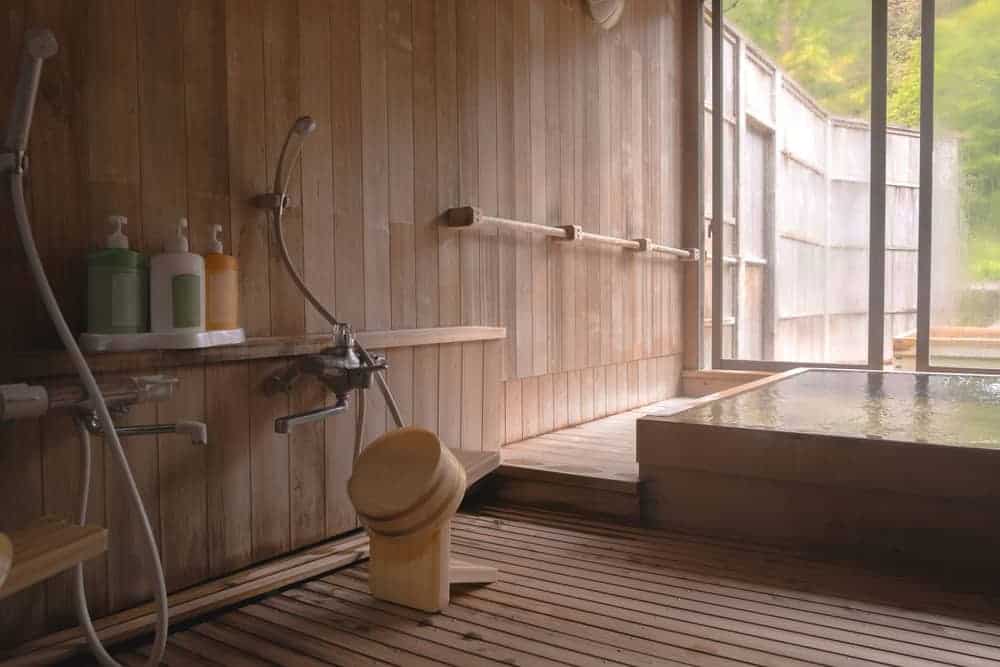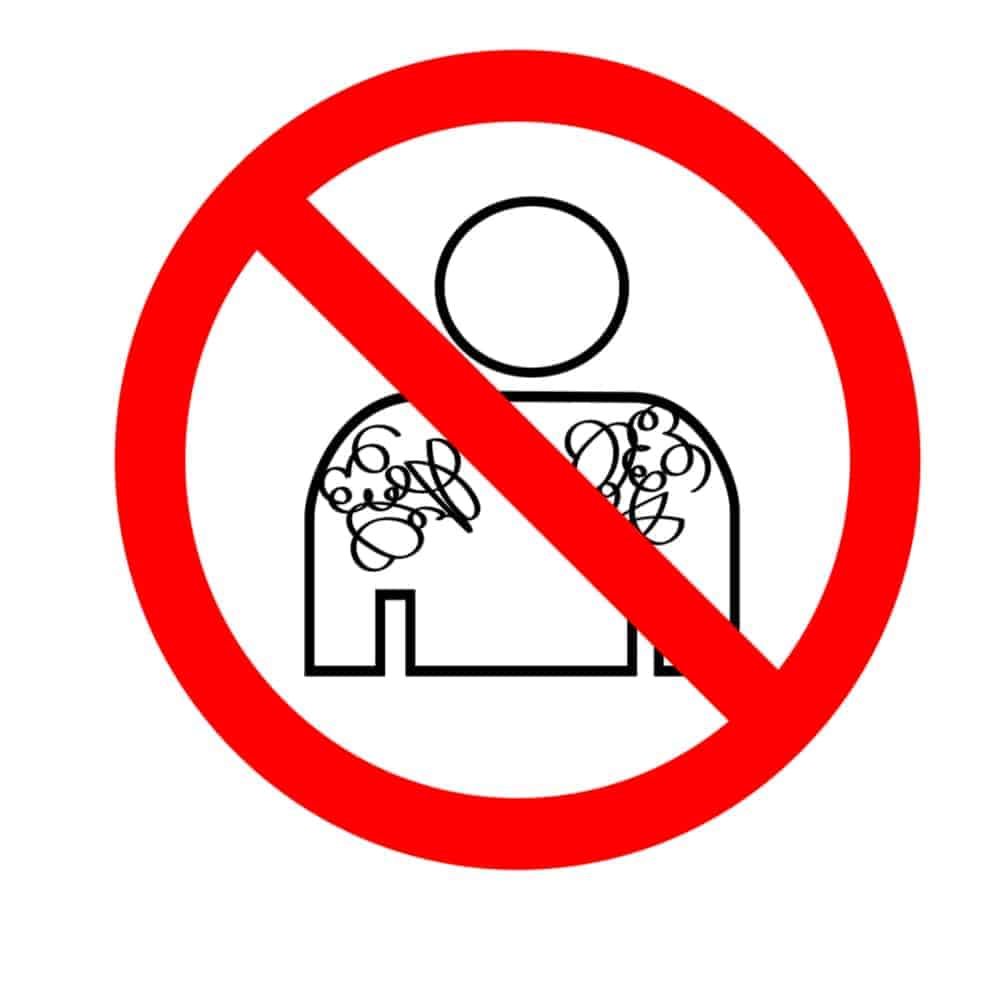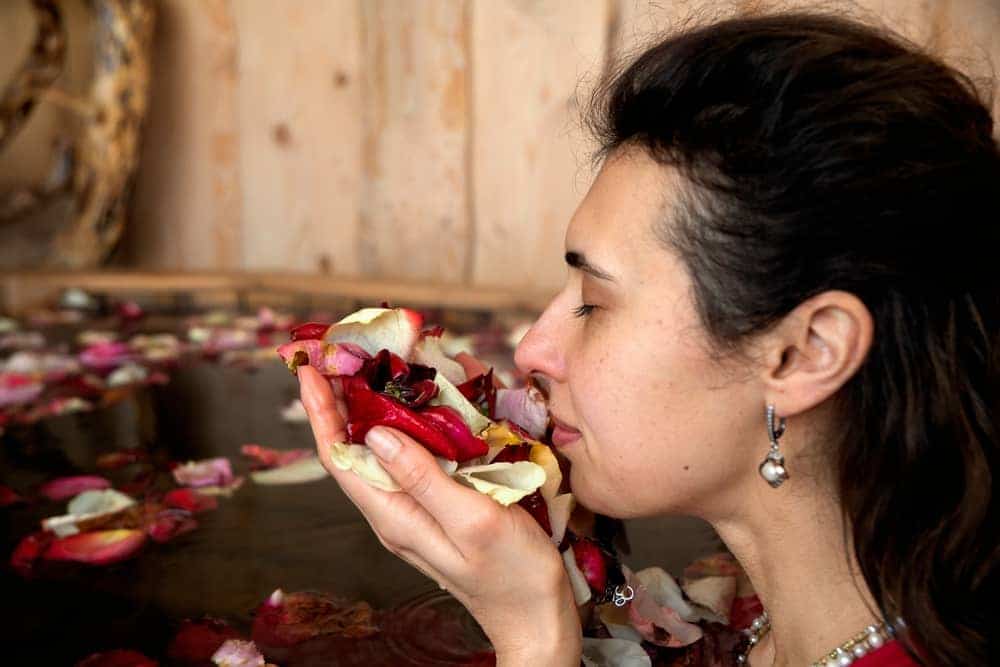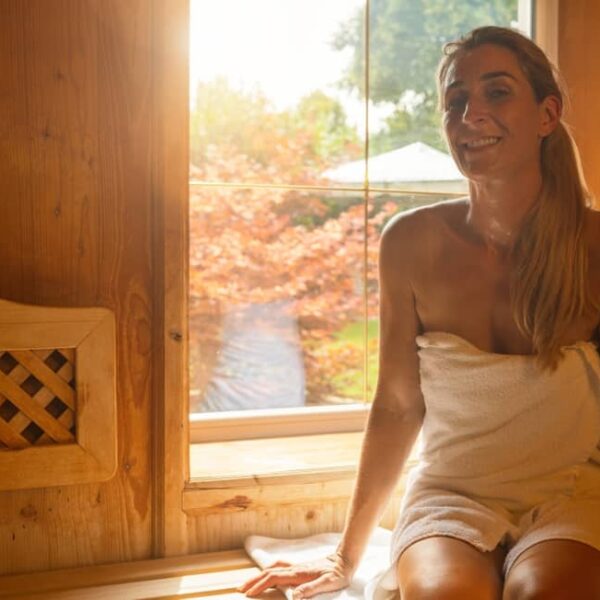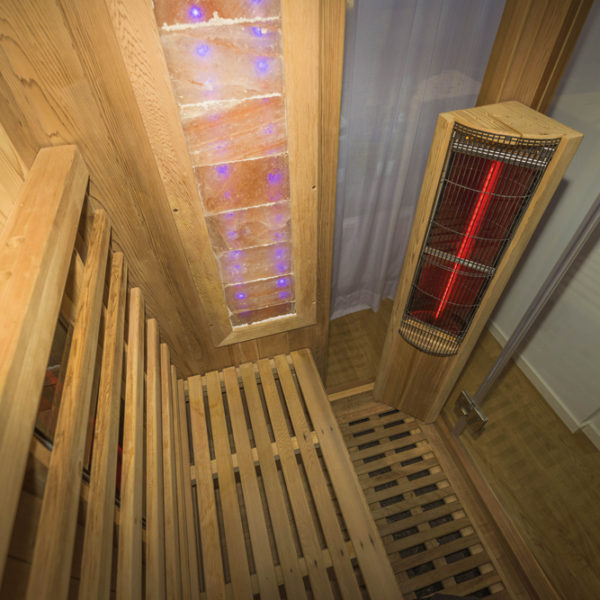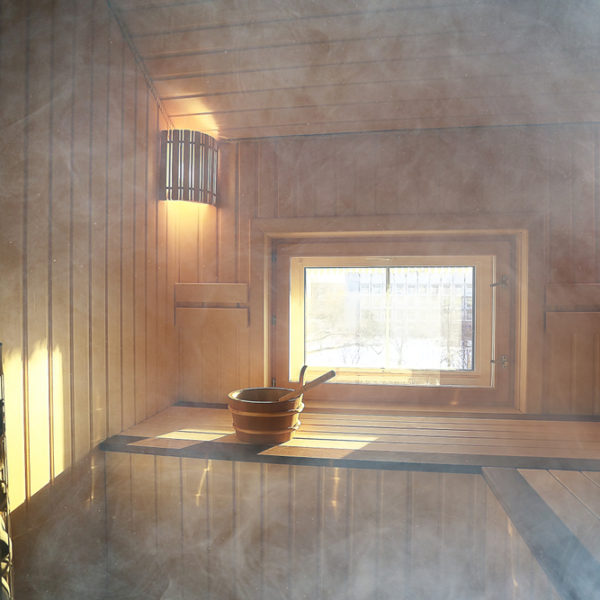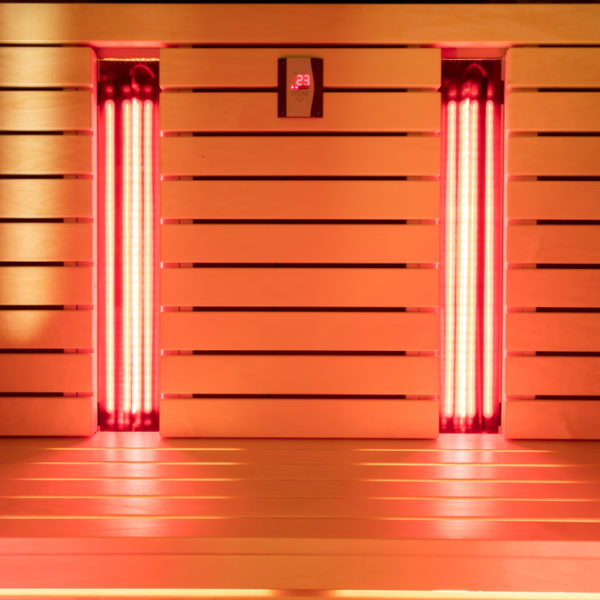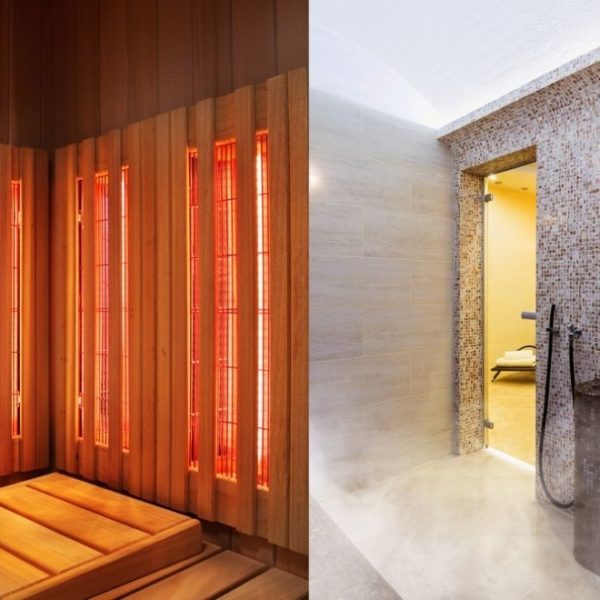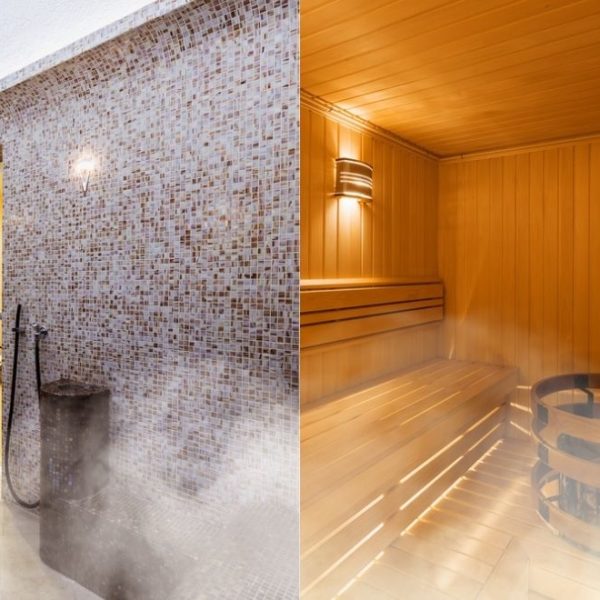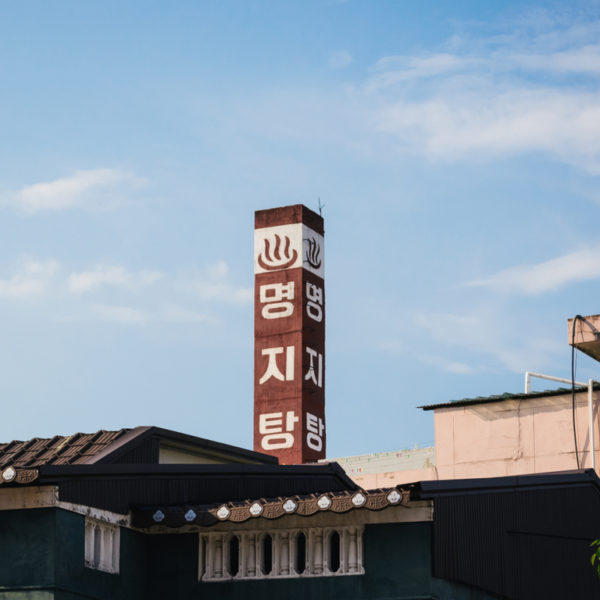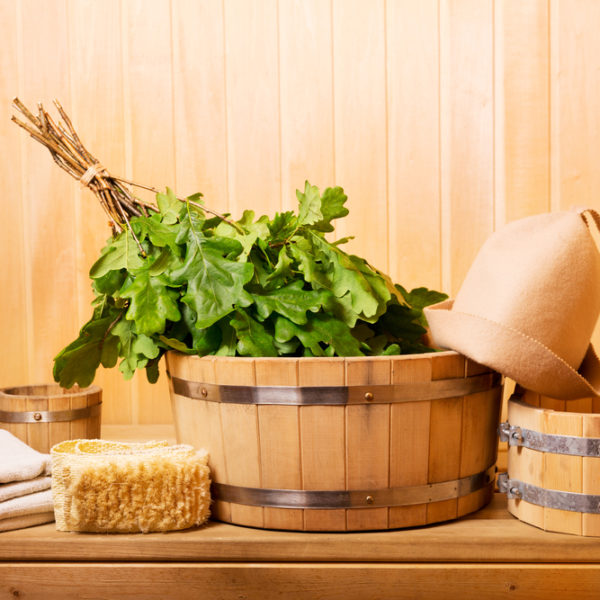Japan famously has a long tradition of public bathing, whether in urban bathhouses or rural hot springs, and visiting one of these is something that every visitor to the country should experience at least once.
In the past, the sauna wasn’t a traditional part of bathing, but in recent years, saunas have become increasingly popular in the country.
So to help you understand the culture of saunas and public bathing in Japan, in this post we bring you the 17 facts about Japanese saunas and bathhouses you need to know before you try it out for yourself.
If you want to know a bit about the etiquette inside Japanese bathhouses – something we’ll be covering in this post – you can also check out this video before reading on.
Japanese Sauna Facts
1. A type of smoke sauna existed in Japan over 1,000 years ago
An ancient type of smoke sauna is known from Japan dating back to over 1,000 years ago. Back then, people would go into caves and burn wood to create smoke and heat and then sit there to enjoy the benefits.
However, these ancient saunas are no longer used, so don’t expect to be sitting in any smoke-filled caves during your time in Japan!
2. Japan doesn’t have its own sauna tradition
Despite a type of sauna having existed in Japan all that time ago, modern Japan doesn’t have a tradition of sauna use.
Culturally, the Japanese have long enjoyed communal baths, and they also have a long tradition of enjoying the relaxation and other health benefits of sitting in natural hot springs, but saunas in modern Japan tend to be an adaptation of Finnish-style saunas.
3. Japanese public baths are known as sentō
Public bathhouses in Japan are known as sentō. Although numbers are now declining, they can still be found in neighborhoods all over Japan, and visiting a sentō is still considered an essential part of Japanese culture and tradition for many.
Although for first timers, going to a sentō can be a little intimidating, it is also a quintessential Japanese experience for anyone visiting the country.
4. Hot springs are called onsen
Another type of Japanese bathhouse is the onsen, and the main difference is that the water comes from natural hot springs rather than being heated artificially.
They are usually found outside of towns – as opposed to sentō, which are usually found in urban neighborhoods. Thanks to Japan being located in such a seismically and volcanically active area, onsen are also found throughout the country.
5. Sentō were traditionally used for washing
Sentō were originally used for washing since in the past right up until relatively recently, most homes in Japan didn’t have their own bath facilities.
However, since the 1970s, Japanese homes now have washing facilities inside, so sentō are no longer needed purely for hygiene purposes.
6. Sentō are now visited for relaxation and socializing
Although the main reason people visited sentō was for personal hygiene, there was always a social aspect, and the Japanese have always appreciated them for the relaxation as well as their supposed health benefits – as is also true of onsen.
Visiting a public bath with relatives or friends is also seen as important for bonding, and some people worry that the younger generation will lose this as public bathing loses popularity.
7. Some sentō also have a sauna
Nowadays, many sentō – especially the more upmarket ones – also have a sauna for patrons to use. However, as already mentioned, these are not so much a Japanese tradition as the Japanese borrowing of the Finnish practice.
However, you may come across some local adaptations of the sauna to Japanese tastes. For example, the benches may be cushioned, especially in female saunas, and you may also find saunas with TVs inside to watch while you sweat.
Sometimes, when a sentō has a sauna, you will need to pay a supplement to use it along with some of the other “premium” features. However, if you only want to use the basic bath facilities, you will only need to pay the regular entrance fee.
8. Saunas in Japan are usually “dry”
Like typical Finnish saunas, those in Japan are dry. However, the heater is usually hidden away, and you can’t throw water on it – which results in a humidity level of only around 10% and temperatures of around 176°F. Regular Finnish saunas can go up to 35% humidity and 200°F.
9. Saunas are becoming more popular in Japan
Despite saunas not being part of the Japanese bathing tradition, they have caught on in the last decade or two in a big way – the Japan Sauna and Spa Association estimates that around 10 million people use saunas regularly, which represents about 8% of the population.
Another figure worth mentioning is that there are thought to be around 6,000 saunas in Japan, mostly found in hotels, gyms and spas.
For a long time, sauna use was primarily a male pursuit, but nowadays more and more Japanese women are also discovering the pleasures of sweating it out in a sauna.
10. Japanese bathhouses are usually gender-segregated
Sentō and onsen – and by extension, saunas in Japan – are usually gender-segregated. Some exist where the sexes are not separated, but they are far less common.
When you go into a Japanese bathhouse, you start by entering the correct changing room, which will be marked 男 (pronounced otoko) for men and 女 (pronounced onna) for women.
If you can’t remember these kanji symbols, look out for a blue curtain for men or a red curtain for women – although this custom is not always followed.
From there, you will proceed into the main washing and bathing areas, which are also strictly segregated by gender.
11. Wash first before entering the water
When visiting a Japanese sentō or onsen, there are lots of rules of etiquette that you need to follow to not offend other bathers. These are not always obvious to foreigners who are unfamiliar with how things work, so it’s important to be aware of the rules before you go in.
One of the first things to remember is that you need to wash before you get into the bath. You are expected to be clean before entering the water, and just stepping in without first washing is likely to be very distasteful to other bathers.
After leaving the changing room, you will come to a shower area, usually with open showers divided into cubicles, and before heading to the baths themselves, you should use these showers to clean yourself with soap.
Each cubicle has a stool, and you should sit down on the stool to wash – washing standing up is seen as impolite, and again, doing so will probably offend other patrons.
Once you have washed yourself, you should make sure you rinse yourself thoroughly since stepping into the bath with any soap remaining on you is highly improper. Once you are completely washed and rinsed, you may then proceed to the baths themselves.
It’s an interesting cultural point to note that in Japan, you are supposed to wash before bathing – the purpose of the bathing itself isn’t to get clean.
In Japanese homes that have a traditional Japanese hot tub, known as a furo or ofuro, all family members will likely use the same water one after the other, and this only really works because everyone is clean before getting in.
Otherwise, if everyone was actually washing in the same dirty water, it would be pretty disgusting!
12. Expect to be naked in a Japanese bathhouse
Something that Western visitors to Japan might not be used to at the beginning is the dress code in sentō – because everyone goes naked.
After leaving the changing room, you’ll have a small hand towel (or perhaps two), and some people use them to cover their private parts when walking around – although most people don’t bother.
Other than that, people don’t wear anything – so if that’s not something you’re accustomed to, you’d better prepare yourself before heading in.
At the same time, in some of the larger bathhouse complexes, some areas are segregated while others are mixed – for example, mixed swimming pools.
In that case, you will be required to wear your swimming costume in the mixed areas while you will be expected to go naked in the bathing areas.
Nowadays, some of the younger generation feel less comfortable with nakedness, which is perhaps one reason for the declining popularity of public baths.
13. Tattoos in Japanese bathhouses
Another important point to note for Westerners visiting bathhouses in Japan is that tattoos are frowned upon, and in many places, you won’t be allowed in if you have tattoos.
This is because traditionally, tattoos are associated with yakuza gangsters, and allowing yakuza into a bathhouse would frighten away other customers.
Even now, with the Japanese becoming more used to seeing tattooed foreigners – like sports stars or musicians, for example – this aversion to tattoos persists.
If you only have a small, discrete tattoo, you may be able to cover it up somehow (perhaps with a bandage), but if you are heavily tattooed, be aware that visiting a sentō or an onsen may be problematic, and you may find yourself being turned away.
14. Other points of etiquette in Japanese bathhouses
There are a few other points of etiquette to bear in mind when visiting a Japanese bathhouse.
We mentioned that you should take care not to get any soap in the water, and you should also avoid allowing your small towel to touch the water when you get in. You can either leave it on the side of the pool or, as some Japanese choose to do, place it on your head.
Something else that shouldn’t touch the bathwater is your hair – so if you have long hair, make sure you tie it up.
When getting into or out of the water, take care not to splash any other bathers. Talking quietly to friends is ok, but the atmosphere is one of peace and tranquility, so you shouldn’t make too much noise or behave in a boisterous way. And being drunk is to be avoided too.
15. Many bathhouses offer a range of other services
If you go to a basic local neighborhood sentō, you might not find much more than a shower room and baths. However, some larger places offer many other services, of which saunas are just one.
You are likely to find pools of different temperatures (which is ideal since the hottest ones can be uncomfortable), and it’s also possible to see massage rooms, rest areas, snack and drink vending machines and even restaurants and overnight accommodation.
More modern versions may also have infrared saunas – something you can replicate when you go home by using a sauna blanket.
Prices can vary a lot too – some of the most inexpensive 24-hour sentō provide an extremely inexpensive way to spend the night since you can simply sleep in a reclining chair or on a tatami floor. This can be welcome in a country that’s so notoriously expensive.
However, at the upper end of the price range, you’ll also find opulent sentō and onsen with some eye-wateringly high fees.
16. Japanese bathhouses are child-friendly
If you visit a Japanese bathhouse, you’ll notice that they are child-friendly places, and the Japanese are quite happy to take their kids with them.
Younger children can accompany whichever parent they go with, but once they get a bit older, they’ll have to go to the men’s or ladies’ side as appropriate.
17. Expect to be stared at as a foreigner!
As any non-Asian traveler in much of Asia will know, it’s not uncommon to find yourself being stared at by the locals, and visiting a sentō or onsen is likely to be no different, especially in areas that see fewer international tourists.
Most of the time, this will be restricted to furtive glances rather than full-on gawping stares, but in any case, you shouldn’t take offense since none is usually intended.
A rich cultural experience to be savored
For a foreigner visiting a Japanese bathhouse for the first time, there are many rules to follow and many mistakes to avoid, which can make the experience seem a little daunting.
However, as long as you understand the basics of how things work, you shouldn’t be put off trying since visiting a bathhouse can provide a rich cultural experience that you’re sure to remember for many years to come.
